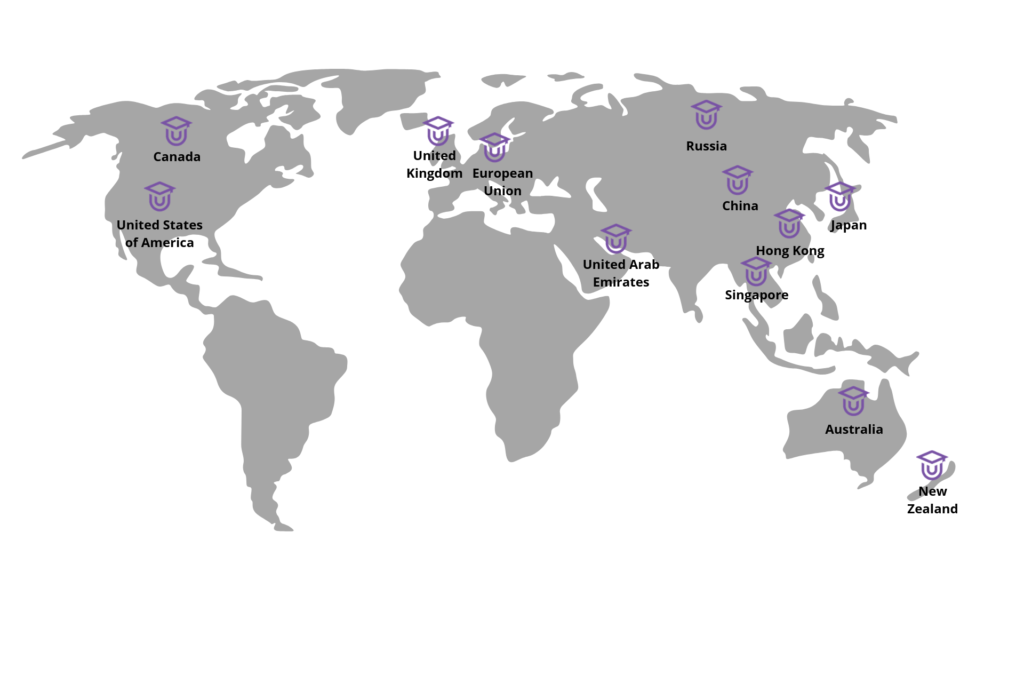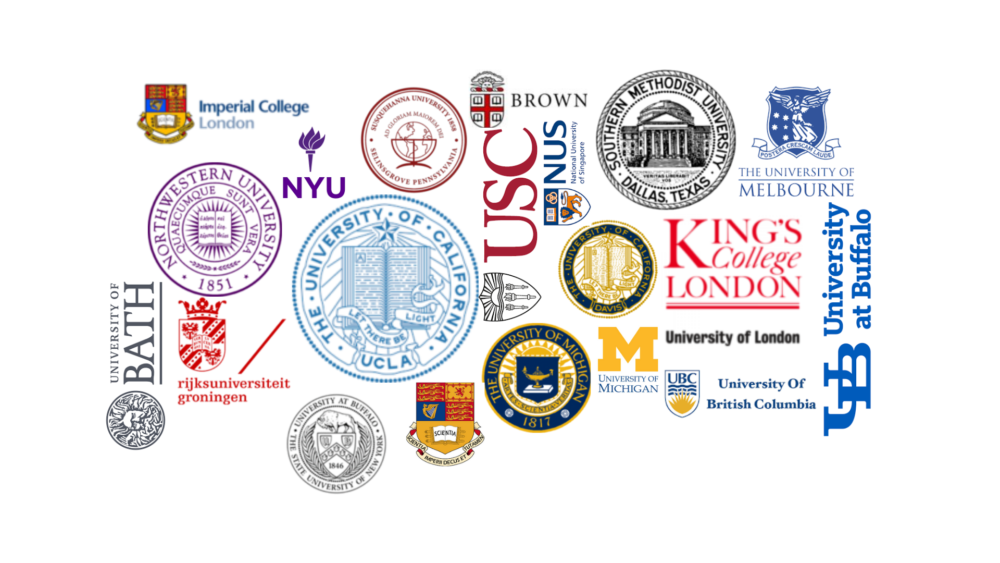THE NEW EDUCATION POLICY 2020: ENOUGH OR NOT FOR A NEW INDIA?
The last major reform effected in Indian education was 34 years ago in the form of the National Policy on Education, 1986. The focus then was to get more students into the classroom – universal access & enrolment, and universal retention of children up to 14 years of age. There was also a desire to build computer literacy at the secondary level.
India has come a long way since then – in terms of numbers at least. Today, India has over 1.6 million schools enrolling more than 270 million students. And over 8.5 million school teachers. India is also home to over 350 million kids between 5-18 years, so still is a long way from the 100% literacy dream for the young citizens. Problems like 18 million students appear for the Grade 10 exams and almost 6 million of those drop out for the grade 12 exams are real and have been around for a while. Then add another 150 million in the 18-23 year age group, of which less than 15% graduate from college.
The New Education Policy 2020 is progressive, as it takes into account many a gap that has engulfed the education ecosystem in India since she became a free country. Some interesting thoughts have been proposed in the NEP 2020 – changing the 10+2 structure with a comprehensive 5+3+3+4 curricula structure, increased flexibility and choice of subjects, introduction of vocational education at an early age, less reliance on Grade 10/12 board exams results and more. E.G. From class 6, students can learn a skill, trade, business vertical by doing actual work in that area. A student can work with an artist or a carpenter or even a scientist and gain invaluable practical knowledge and real world experience. Isn’t THAT wonderful? But also, given our strong preference for “grades/marks” IS IT really?
At the college level, the one gigantic step is moving to a multi-disciplinary, holistic undergraduate education with flexible curricula, creative combinations of subjects, integration of vocational education and multiple entry and exit points with appropriate certification. An SAT like college entrance test that is proposed is much needed – to free the kids from the huge pressure of marks in boards exams (which since the last decade or so has read almost like a Covid patients daily temperature reading – 99.2, 99.4, 99.9).
One of our most outdated rules, has been that a student of Arts is not allowed study Math. Or those studying engineering cannot study Sociology. Not anymore – one can now choose the combinations that they desire. Breaking away from the stream based system (science, commerce, humanities) is a substantial move, and for a country so ingrained & yet somewhat stuck in the whole subject/stream/line of education conundrum, this will hopefully free up a lot of creative juices and advance wholesome development of our young adults.
The move to a flexible & graded system at the undergraduate level, with multiple points of exit (certificate after 1 year, advanced diploma after 2 years, Bachelor’s degree after 3 years and Bachelor’s with research after 4 years) is another positive step for the youth – providing them flexibility in terms of timing & depth. Also praiseworthy is the setting up of an Academic Credit Bank for digitally storing academic credits earned from different institutes so that these can be transferred and counted towards final degree earned.
A whole lot of regulatory freedom for the education industry is proposed to be created in the years ahead, and while that mostly a good thing, will need to be craftily navigated, as a lot of the education infrastructure & real power lies within the hands of the political-business nexus of some sort. Making the public and private higher education institutions governed by the same set of norms for regulation, accreditation and academic standards will be a huge plus.
A dedicated unit for the building of digital infrastructure, digital content and capacity building will be created to look after the e-education needs of both school and higher education. Departments in languages, literature, music, philosophy, art, dance, theatre, education, pure and applied sciences, sociology, economics, sports, etc. will be established and strengthened at all higher education institutions (HEIs). While the proposal to move the stand-alone technical universities, health science universities, legal and agricultural universities to become multi-disciplinary institutions is laudable, it is fraught with potential dilution of the huge goodwill and trust in some of the very esteemed higher institutions of learning – specially the prime glory of India – the IITs. Don’t expect to get a BA in History from IIT Delhi anytime soon though.
There is a huge opportunity in the cutting-edge gaining prominence, such as AI, 3-D machining, big data analysis, machine learning, in addition to genomic studies, biotechnology, nanotechnology, neuroscience, with important applications to health, environment, and sustainable living that can be woven into undergraduate education for enhancing employability of the youth. I hope the NEP 2020 can move in the right direction to leverage that credibly and substantially.
This is a plan for the next 2-3 decades. And a lot of it is in the right direction. Many of these new approaches are essentially good for the Indian education ecosystem – and importantly, very much needed. We need to complement the base education with skill development and holistic learning. This is what the NEP 2020 aims to do. There is also a huge need to tackle real, on the ground issues like the number of government schools, the quality of teaching in such schools and the strategy of central government to bring more children into formal mode education by earmarking more funds for public-funded education. My expectation, more hope maybe, is that the government will not do just a lip service to these. There is a systemic lack of focus on education – has been so for decades. The investment in education is languishing at 4% of GDP. Not enough, just not enough for a country as huge as India where more than ½ the population is under 25 years of age. If we can find the money to spend 6% of GDP (as proposed), and hopefully at some point in the near future about 10% of GDP on education, we will be able to deliver an India that can capture its true place in the world space.
In the last five or so decades, Indian citizens have managed to carve out a special place in the centerstage of the world intelligentsia. Be it science and technology, medicine, economics, or the big bad corporate world – people of Indian origin are making India proud. This, inspite of an education system that is reasonably antiquated, strongly regulated, badly funded, and mostly controlled by a handful. For the Sundar Pichais, and the Satya Nadellas and the Indira Nooyis to continue to grow and multiply, we will need to make massive investments in setting up educational infrastructure and educator hiring and training at all levels. While more and better policy frameworks and strategies are very welcome, what is truly needed is much more resources and better execution of the ecosystem.
Sandeep Lakhina, Chief Dreams Enabler, UUNDERGRAD




